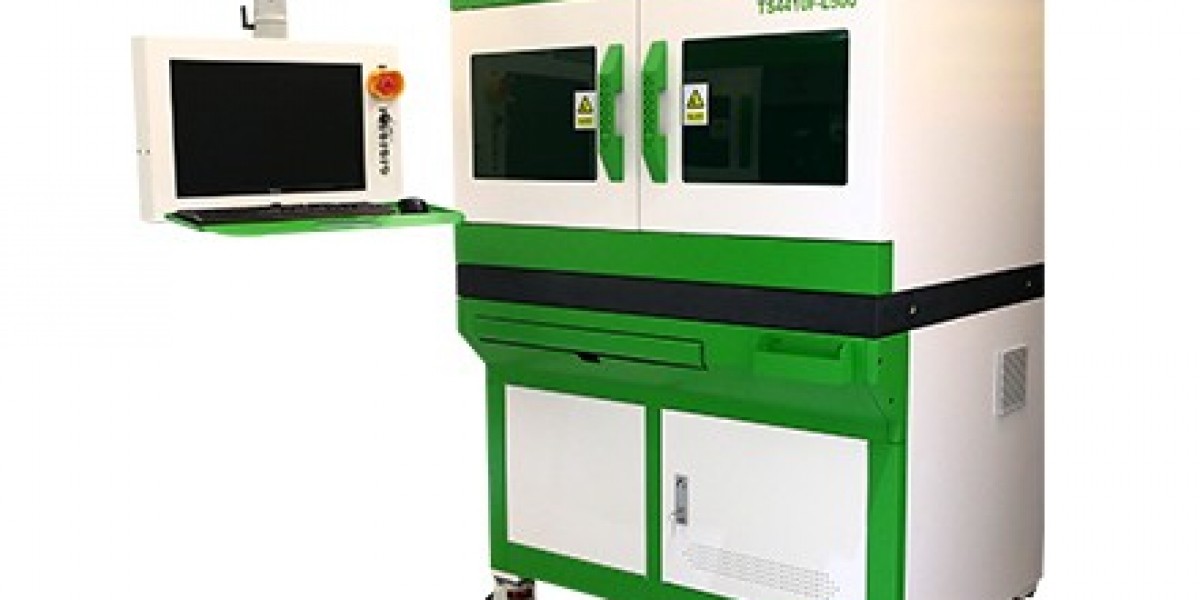Introduction to Resistor Trimming
Resistor trimming is a crucial process in the electronics industry, allowing for the fine-tuning of resistor values to meet precise specifications. This technique is especially vital in high-performance applications where accurate resistance is essential for functionality. Resistor trimming often involves modifying the resistance of precision resistors, such as thin film resistors, through methods like laser trimming or mechanical adjustment.
The process is widely used to achieve better accuracy in resistors and to ensure that electronic devices operate within the desired tolerances. Whether in industrial sensors, automotive components, or consumer electronics, precision thin film resistors play a significant role in providing the accuracy needed for optimal performance.
Precision Thin Film Resistors: The Backbone of Accuracy
Precision thin film resistors are commonly used in applications where accuracy and stability are paramount. These resistors are made by depositing a thin film of resistive material onto a substrate, typically a ceramic or glass base. The film is then trimmed to achieve the desired resistance value. The result is a highly accurate, stable, and reliable resistor that performs well under varying environmental conditions.
Key Features of Precision Thin Film Resistors:
High Precision: Thin film resistors offer high precision with tight tolerance, making them ideal for sensitive and complex circuits.
Stability: They provide excellent stability over time, ensuring consistent performance in long-term applications.
Small Form Factor: Their compact size makes them suitable for use in smaller, more intricate devices, such as medical instruments and precision measurement devices.
Thick Film Circuits: An Overview
In contrast to thin film resistors, thick film circuits are produced by applying a thicker layer of resistive material to a substrate. This technology is widely used in applications where higher power handling or cost-effectiveness is more important than the ultra-high precision required from thin film resistors. Thick film circuits are commonly found in devices such as power supplies, heating elements, and certain types of sensors.
Advantages of Thick Film Circuits:
Cost-Effective: Thick film technology is more affordable to produce compared to thin film resistors, making it a popular choice for mass-produced products.
Power Handling: These resistors can handle higher power levels, making them suitable for power applications.
Durability: Thick film circuits are often more durable and resistant to environmental stresses, making them ideal for automotive and industrial applications.
Thick Film Pressure Sensors: Applications and Benefits
Thick film pressure sensors are a prime example of thick film technology’s versatility. These sensors are used to measure the pressure of gases or liquids in various industrial applications. The sensor uses the change in resistance caused by pressure to provide a measurable output that can be used for monitoring and control purposes.
The thick film technology used in these sensors ensures they can withstand harsh environments and offer long-term stability, making them an ideal choice for industries like automotive, manufacturing, and oil and gas.
Advantages of Thick Film Pressure Sensors:
Durability: The robust nature of thick film technology makes these sensors highly resistant to harsh environments, including extreme temperatures and vibrations.
Cost-Effectiveness: Thick film pressure sensors are typically more affordable than their thin film counterparts, making them suitable for large-scale applications.
Accuracy: Despite being more cost-effective, these sensors can still provide accurate pressure measurements, meeting the needs of many industrial applications.
Conclusion
Resistor trimming, combined with precision thin and thick film technologies, plays a crucial role in the performance and reliability of electronic devices. While thin film resistors offer unparalleled precision and stability for high-end applications, thick film circuits and thick film pressure sensors provide cost-effective solutions for power handling and durability. Both technologies have their place in modern electronics, offering a diverse range of applications in everything from consumer electronics to industrial systems.







